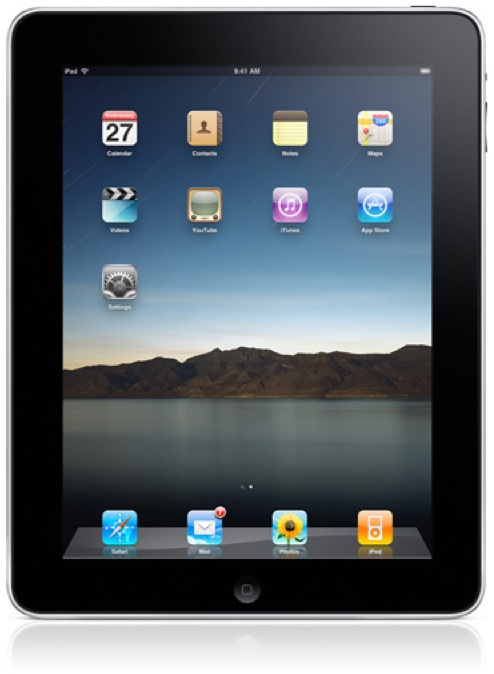 The read-later service Read It Later has released an interesting series of charts breaking down the times that users save articles for later reading, and the times they read those articles on computer, iPad, and iPhone versions of the read-it-later app. They show some interesting patterns in the way that users are time-shifting ads.
The read-later service Read It Later has released an interesting series of charts breaking down the times that users save articles for later reading, and the times they read those articles on computer, iPad, and iPhone versions of the read-it-later app. They show some interesting patterns in the way that users are time-shifting ads.
Users encounter content throughout the day, and the rate of people saving content to read later is pretty steady from 7:00 a.m. all the way through to 9 p.m. But the interesting thing comes in comparing when and where the articles are read. Computer users reading habits are also pretty steady, peaking around noon and then falling off to after work.
Reading on the iPhone shows four major spikes during the day—breakfast, the morning commute, the commute home, and the late evening, 8-10 p.m.. Since the iPhone is always in its users’ pockets, it is handy for reading whenever and wherever the reader has a spare moment. By comparison, the iPad only has one major spike—the late evening, 8-10 p.m. (Another minor spike occurs at breakfast and the commute home, but the late evening one is far and away the biggest.)
But Read It Later provides one more interesting chart—comparing the computer reading habits of people who own an iPad with the habits of those without. Computer reading for iPad owners spikes dramatically at lunchtime, and then falls off for the rest of the day.
Aside from a quick lunch hour at their desk, iPad owners are no longer doing the majority of their reading on their computers. They are saving it for their personal prime time, when they can relax comfortably, iPad in hand and burn through the content they found during the day.
In conjunction with applications like Read It Later or Instapaper (and especially considering Instapaper’s new partnership with Readability), the iPad is proving to be as convenient a time-shifter for on-line textual news content as the VCR was for television content. And just as the VCR changed the way people watched TV, the iPad is changing the way we read news on-line.
Whether or not the iPad is going to “save” journalism, it is certainly changing the relationship its owners have with journalistic content. It remains to be seen whether the media can take advantage of it as ably as Hollywood learned to take advantage of the VCR (even after likening it to the “Boston strangler”).
(Found via TechCrunch.)































Isn’t this the same thing as the January 13th article ?
Instapaper has certainly changed my reading habits. I don’t have an iPad, but I can see how the logistics of carrying it with you and pulling it out could limit its use to special moments like meals and later in the evening. On the other hand, I do grab a quick Instapaper read whenever I have a few minutes free on the go, even when standing. About the only place it doesn’t work well is on a bus, which bounces around too much for tiny screens and type. Two asides:
1. I got an iPod touch, in part, because I could get away with reading it when I work managing events. Reading on it looks enough like checking text messages, that no one sees it as being contrary to paying attention to your work. But I’ve also noticed that it has another plus. It doesn’t inhibit conversations like a print book or an iPad would. People don’t see someone looking at that little screen as doing anything, so they’re more likely to come up and talk.
Moral: If you want to be left alone while you read, use an iPad or a whopping big laptop.
2. The real killer app for Instapaper would be a full-featured version running on a Kindle that updates and synchs what’s read through WiFi/cellular. Getting a Kindle shifted almost all of my BOOK reading from that iPod touch to it. The reading experience, even in a dimly lit bed, was that much better. But the document management woes that result from the limited ways that Instapaper DOCUMENTS can be read and synched back on a Kindle has meant that I still read those on an iPhone/touch or my desktop. When I read documents, I want to be able to dispose of then on the spot to a folder or the archive.
Moral: For Instapaper, the management troubles of a Kindle trump the greater readability. I suspect Instapaper user data will undergo a major shift when the Kindle gets a full Instapaper app (hopefully soon), perhaps even one that allows note taking and keyword tagging of documents.
And that’s when I’ll upgrade my aging Kindle 1 to a Kindle 3, 4 or whatever. Until then, it’s fine for books.